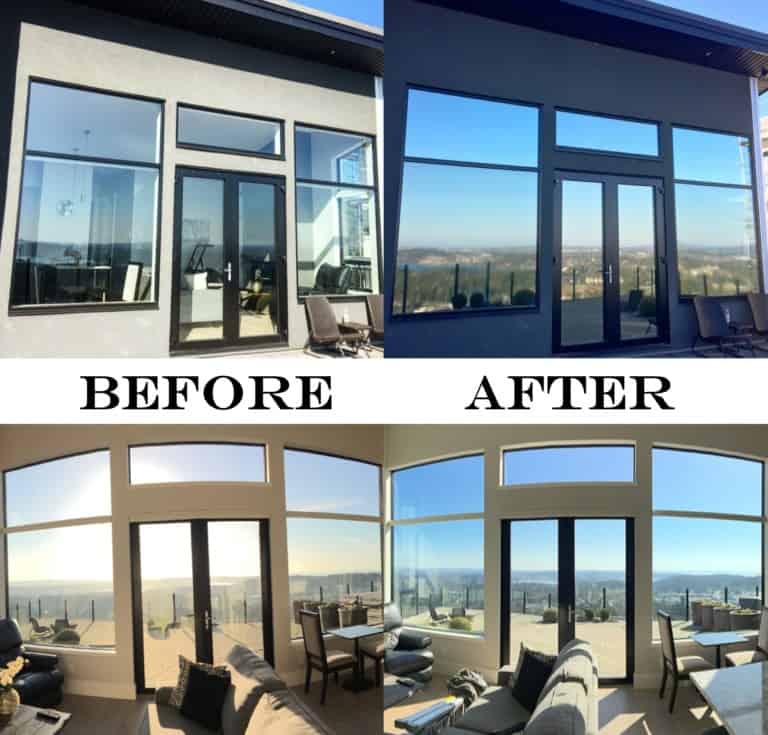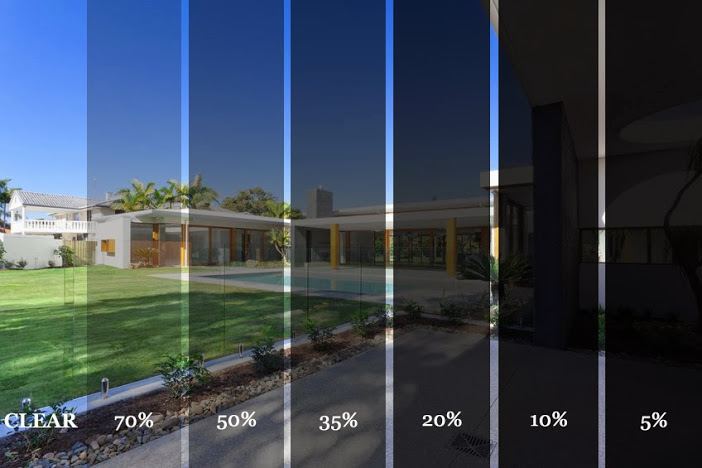Leading Residential Window Tint Installers Near You: High quality and Expertise
Just How Residential Home Window Tinting Enhances Your Home's Power Effectiveness
Residential home window tinting offers an engaging option for homeowners looking for to boost power performance within their living spaces. By applying specialized films to windows, it efficiently decreases warm transfer, consequently supporting interior temperature levels and lessening the requirement for extreme heating or cooling.
Understanding Home Window Tinting
Comprehending window tinting is vital for property owners seeking to boost both comfort and power effectiveness in their space. Residential Window Tint. Window tinting entails the application of a slim film to the inside or exterior surface of glass windows. This film can considerably regulate the amount of sunlight and warm that gets in a home, therefore affecting interior environment conditions
There are different sorts of home window tinting films offered, each with distinctive residential or commercial properties. As an example, colored movies absorb solar energy, while reflective movies deflect it far from the glass surface area. Ceramic films offer an equilibrium of visibility and heat being rejected, making them a popular choice among homeowners. The performance of window tinting is frequently gauged by its Visible Light Transmission (VLT) portion, which indicates just how much light can pass through the movie.
Benefits of Power Efficiency
Window tinting not just improves appearances but also plays a considerable role in improving power efficiency within residential spaces. By reducing heat transfer via windows, tinted movies create a more stable interior environment, which can cause considerable reductions in energy intake for home heating and cooling. This energy performance equates right into reduced energy costs, offering home owners with considerable long-term savings.

In addition, home window tinting enhances the convenience of living rooms. By lessening glow and obstructing hazardous UV rays, tinted home windows develop an even more enjoyable setting, which can lead to improved health for owners. The security against UV rays likewise assists protect furnishings and flooring from fading, adding to the durability of household products.
Exactly How Tinting Works
Tinting films run with a combination of innovative products and modern technologies developed to manage the amount of solar power entering a home. Mainly composed of polyester, these films usually include ceramic or metallic fragments that show and soak up warm. This double capacity enables them to significantly minimize the infiltration of ultraviolet (UV) rays and infrared radiation while permitting visible light to go through.
The effectiveness of window tinting is determined by its solar heat gain coefficient (SHGC), which shows how much solar power is transferred with the window. Reduced SHGC worths are better as they represent higher warmth rejection. Furthermore, window tints can include a range of tones, permitting property owners to customize their visual choices while enhancing power performance.
Additionally, these movies act as an obstacle, preventing warm loss during colder months by showing interior warmth back right into the space. This thermal insulation impact complements the air conditioning advantages obtained throughout warmer months, contributing to a well balanced indoor environment year-round. By managing solar power properly, property home window tinting not just improves comfort but likewise plays an essential function in look these up lowering energy usage and lowering energy expenses.
Selecting the Right Color

There are numerous kinds of home window movies readily available, including dyed, metalized, and ceramic. Ceramic movies supply excellent warm control without endangering presence and are highly resilient, making them a preferred option.
Noticeable light transmission (VLT) is one more essential aspect, as it suggests the amount of natural light that can travel through the tinted glass. Property owners must pick a color with a VLT that complements their lighting choices while still giving sufficient glow reduction.
Furthermore, analyzing the solar warmth gain coefficient (SHGC) can aid identify how well a color can obstruct heat from sunlight. A lower SHGC indicates better heat control, eventually improving power effectiveness.
Installation and Maintenance Tips
Appropriate setup and maintenance are crucial components in making the most of the benefits of domestic home window tinting. To attain ideal outcomes, it is advisable to work with a certified professional for setup. This makes sure that the tint is applied correctly, avoiding air bubbles, wrinkles, or misalignment that could endanger performance. Experts likewise use specialized devices and methods, which can boost the resilience and performance of the color.
Complying with setup, upkeep is necessary to lengthen the life of the read the full info here window film. It is advised to wait at the very least 30 days prior to cleaning the tinted home windows to permit the glue to cure fully.
Additionally, normal assessments are useful. Look for any type of peeling or bubbling, which could show improper setup or put on over time - Residential Window Tint. Addressing these problems immediately can prevent more damage and keep energy efficiency. By sticking to these installation and upkeep suggestions, home owners can ensure their window tinting continues to find out here now give considerable power cost savings and convenience for years to come.
Conclusion
Finally, residential window tinting serves as an effective service for improving power performance within homes. By minimizing warmth transfer and obstructing harmful UV rays, home window films add to reduce power intake and improved indoor convenience. The selection of proper tinting materials, in addition to correct installment and upkeep, further takes full advantage of these benefits. Ultimately, home window tinting stands for a lasting financial investment that not only reduces utility costs but also advertises a comfortable living environment throughout the year.
Window tinting includes the application of a slim movie to the inside or outside surface area of glass windows. By decreasing heat transfer through home windows, colored movies develop a more secure interior environment, which can lead to substantial reductions in power intake for heating and cooling.The effectiveness of home window tinting is gauged by its solar heat gain coefficient (SHGC), which suggests how much solar energy is sent with the window. By handling solar energy effectively, residential window tinting not just improves comfort yet also plays a crucial role in decreasing power usage and reducing utility costs.
By reducing warm transfer and obstructing harmful UV rays, window films contribute to reduce power intake and boosted interior convenience.